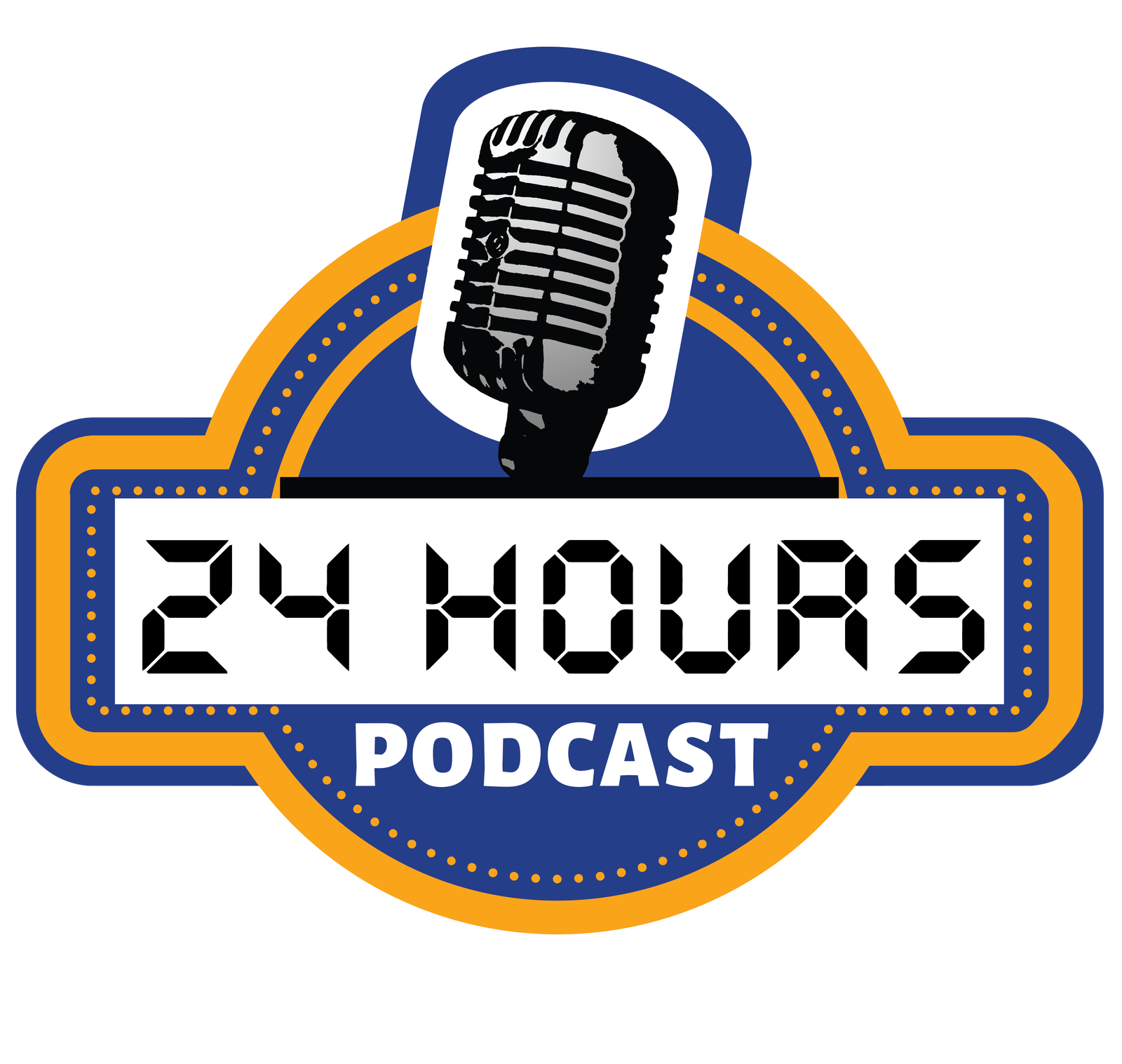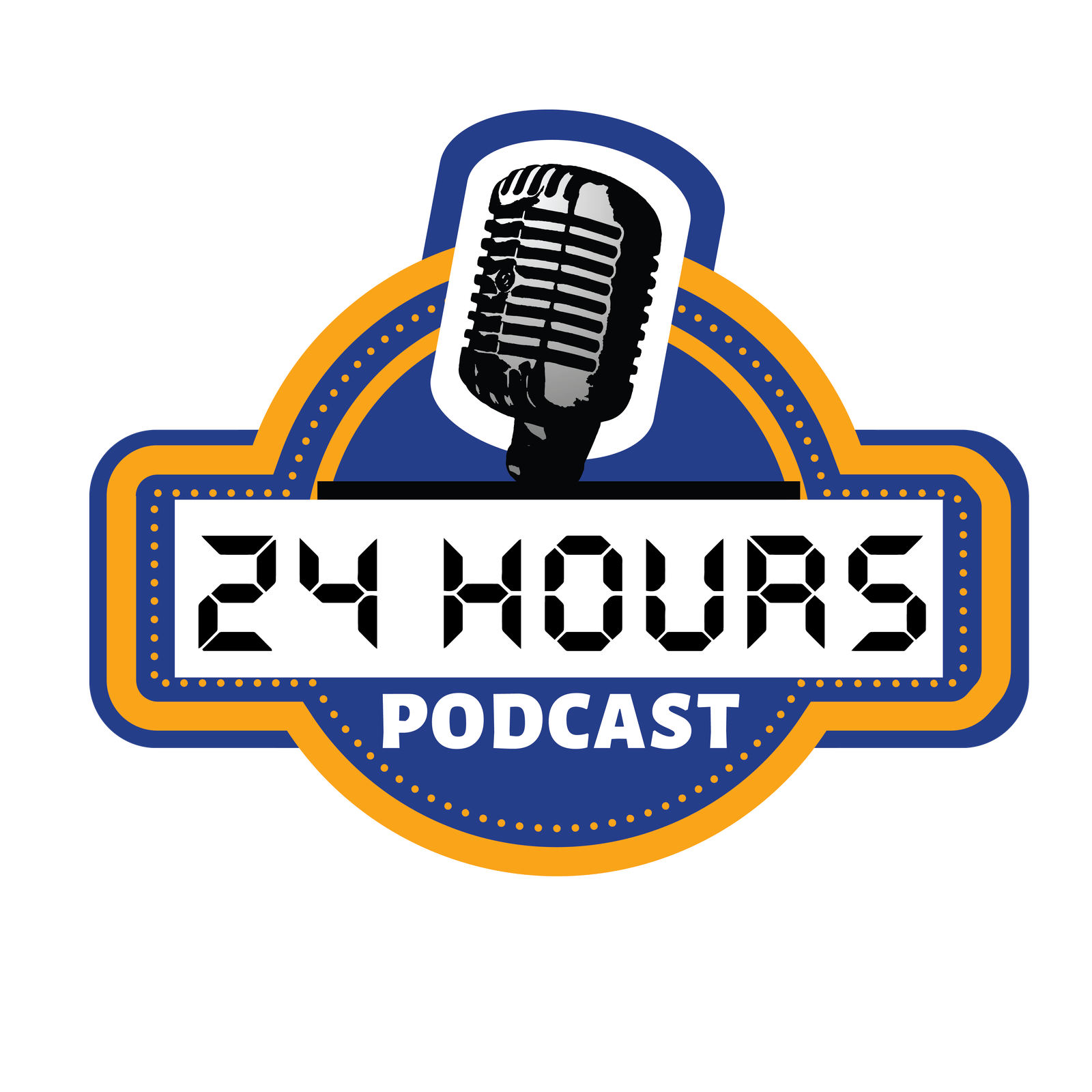In a world saturated with bite-sized content, long-form podcasts have carved out a niche by offering in-depth discussions that allow for the exploration of complex ideas. Converting materials like research papers, academic studies, or even books into engaging podcast episodes is a powerful way to make intricate subjects more accessible. Let’s explore the process and value of transforming complex content into storytelling-driven podcasts that can captivate and educate your audience.
1. Why Turn Complex Content Into Podcasts?
Long-form podcasts are gaining popularity because they offer an opportunity to dive deep into subjects that cannot be adequately covered in short episodes. Research papers and books, which are traditionally dense and difficult for general audiences to consume, can be repurposed into podcasts that break down the content in a more approachable way.
Podcasts can take the complexity of academic or technical material and make it engaging by incorporating storytelling techniques, expert interviews, and conversational formats. This not only makes the content easier to digest but also broadens its reach to listeners who might not otherwise engage with such in-depth material.
Benefits:
- Accessibility: Research papers and lengthy documents often use jargon that can alienate non-expert audiences. Podcasts simplify this language, making the material accessible to a broader audience.
- Engagement: Podcasts can bring complex content to life with the human voice, allowing listeners to connect emotionally with the material. Storytelling, in particular, creates a narrative that hooks the listener and keeps them engaged throughout longer episodes.
- Learning Flexibility: Listeners can absorb these longer podcasts during their commute, while exercising, or during other activities, providing flexibility that traditional reading doesn’t offer.
2. Steps to Transform Complex Content into an Engaging Podcast
Step 1: Understand the Core Message
Before transforming complex content into a podcast, it’s crucial to distill the key messages of the research paper, study, or book. Ask yourself:
- What is the primary takeaway from the material?
- What are the most significant findings or arguments?
- Why is this content relevant to your audience?
Once you’ve identified the core messages, you can focus on how to communicate them in a more conversational and engaging way. Your goal is to make the content relatable without losing the integrity of the original material.
Step 2: Break the Content into Digestible Segments
Complex content can overwhelm listeners if presented all at once. Breaking the material into smaller, more digestible segments makes it easier for the audience to follow along. This approach also gives you the flexibility to create a series of podcast episodes if the material is extensive.
For instance, if you’re discussing a research paper with multiple sections, you might dedicate each podcast episode to a different part of the paper, such as the introduction, methodology, findings, and conclusion. This segmented structure allows for deeper exploration of each topic while keeping the listener engaged.
Step 3: Use Storytelling Techniques
Turning dense material into a story is key to capturing and maintaining your audience’s attention. Even in scientific or academic subjects, storytelling can help convey the significance of the information. Think about how the research or book you’re discussing relates to real-world problems, human experiences, or societal changes.
Incorporating anecdotes, case studies, or examples can make the content feel more tangible and relatable. For instance, a podcast episode about a medical study could begin by telling the story of a patient who benefited from the research, giving listeners an emotional connection to the material before diving into the details.
Step 4: Include Expert Interviews
Bringing in expert voices can add depth to your podcast while making complex subjects more understandable. Interviews with the researchers, authors, or professionals related to the content provide additional context and offer varying perspectives.
Experts can explain the significance of their work in simpler terms, address common misconceptions, or highlight the broader implications of the research. These interviews also break up the monologue format, adding a dynamic element to the episode that keeps listeners engaged.
Step 5: Adapt the Language for a Wider Audience
Research papers and technical documents are often filled with jargon that can alienate a general audience. When converting this material into a podcast, it’s essential to adapt the language for clarity and simplicity. Avoid overcomplicated terms and focus on delivering the content in a way that makes sense to the average listener.
Using analogies and examples can help explain difficult concepts. For example, if you’re discussing a complex scientific principle, compare it to something familiar from everyday life. This helps make abstract ideas more concrete and easier to understand.
Step 6: Structure the Podcast with a Clear Narrative Arc
Every great podcast episode has a beginning, middle, and end. When working with complex content, it’s important to structure your podcast so that it has a logical flow. Start by introducing the topic and explaining why it’s important, move into the core discussion or analysis, and then wrap up with key takeaways or future implications.
This narrative arc helps keep listeners engaged and ensures they can follow along, even when the subject matter is dense or technical. Additionally, providing a recap at the end of each episode reinforces the key points, making it easier for listeners to retain the information.
3. The Value of Long-Form Podcasts for Complex Content
Making Research Accessible to Broader Audiences
By turning research papers or academic studies into podcast episodes, you’re making valuable information accessible to a broader audience. This democratization of knowledge is particularly important for topics related to public health, education, technology, or social issues, where the findings could benefit more than just the academic community.
Driving Deeper Engagement with Thought Leadership
For businesses and organizations, long-form podcasts that explore complex content can position you as a thought leader in your industry. By providing in-depth, well-researched information through a podcast, you can demonstrate expertise while delivering value to your audience. This can help build trust and authority, especially when listeners feel they are gaining insider knowledge from your episodes.
Encouraging Lifelong Learning
Podcasts offer a convenient and flexible way for people to engage in lifelong learning. By turning complex content into engaging, digestible audio, you’re enabling listeners to expand their knowledge on topics that they might not otherwise explore. This makes podcasts an essential tool for fostering curiosity and continuous education.
Conclusion
Transforming complex materials such as research papers and books into long-form podcasts requires careful planning and execution, but the rewards are well worth the effort. By breaking down intricate subjects, using storytelling techniques, and adapting the language for a broader audience, you can create compelling podcast episodes that captivate listeners and make even the most complex content accessible and engaging.
Long-form podcasts offer influencers, educators, businesses, and experts the perfect platform to dive deep into meaningful discussions while expanding their reach and influence. Whether you’re educating, entertaining, or informing, turning complex content into a podcast allows you to share valuable insights in a way that resonates with today’s on-the-go listeners.






